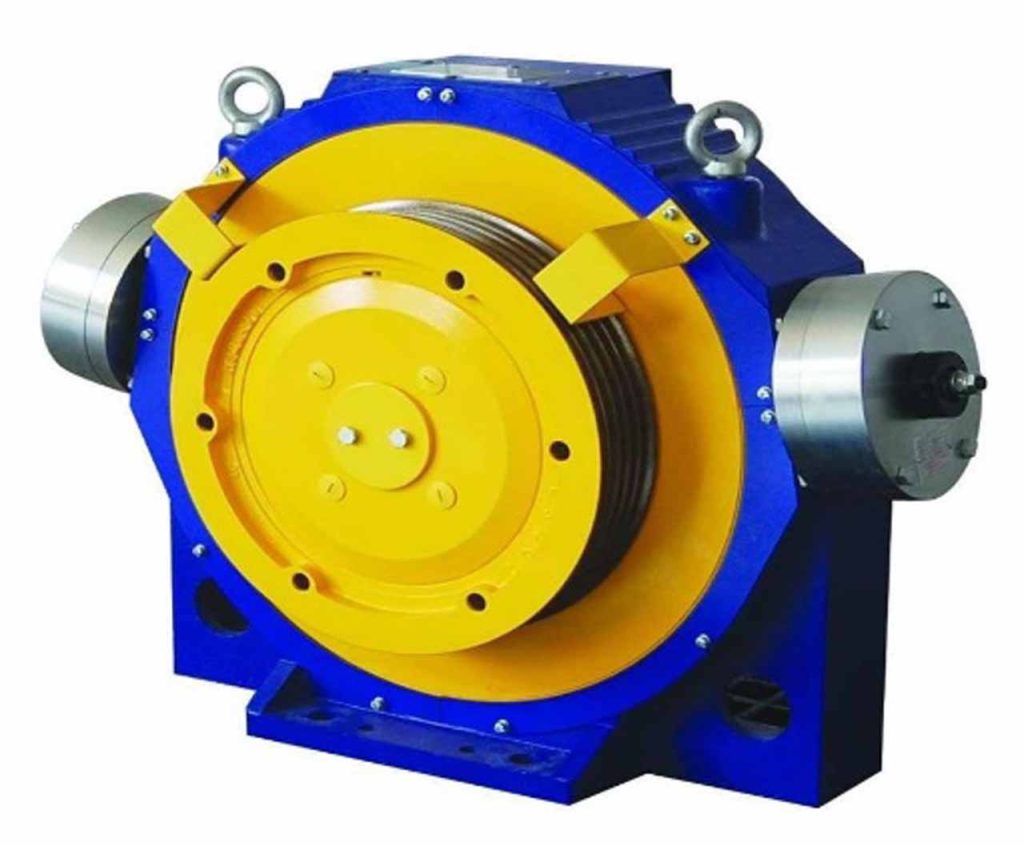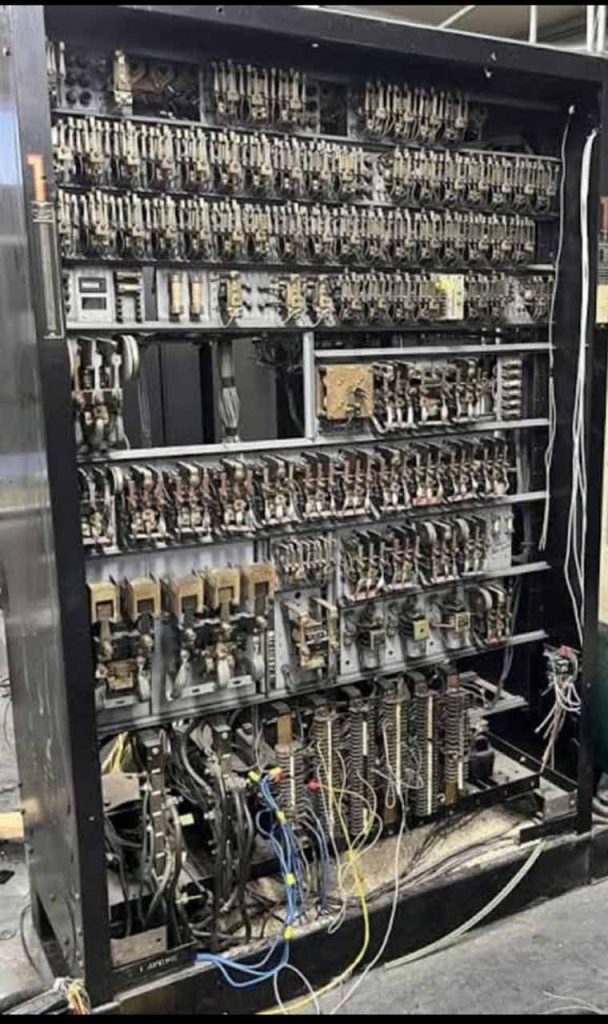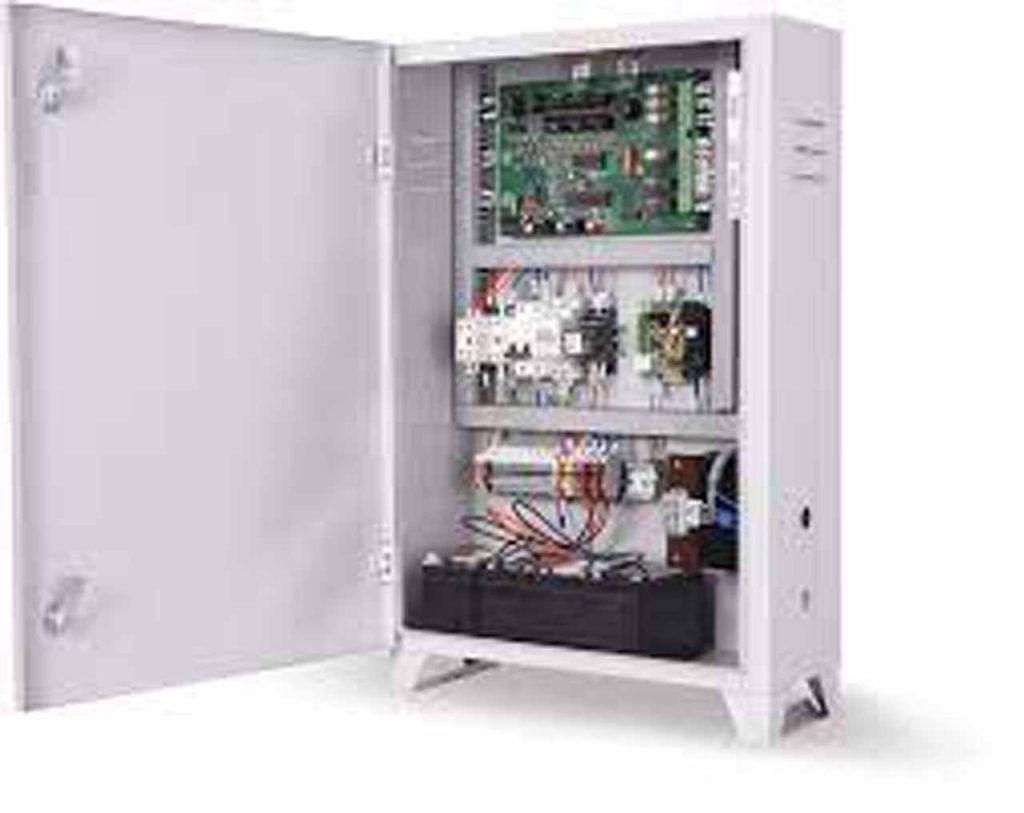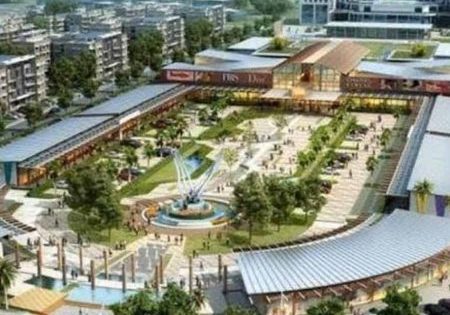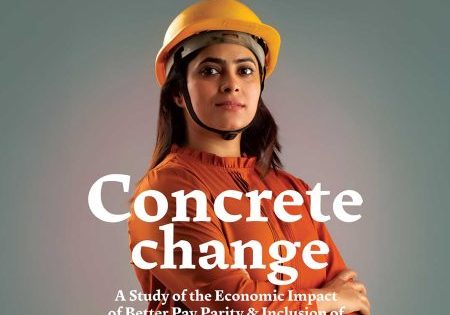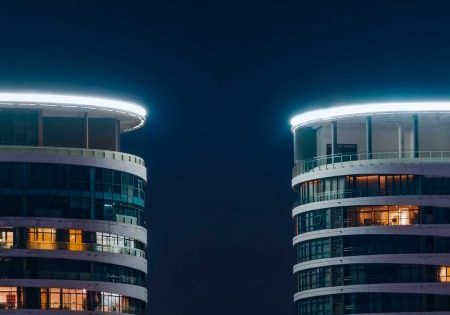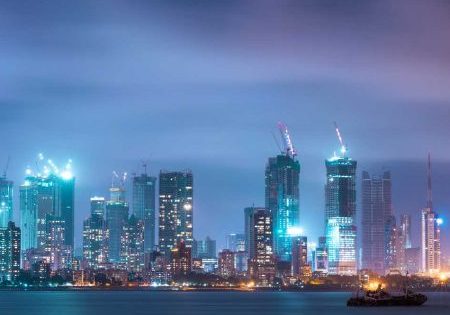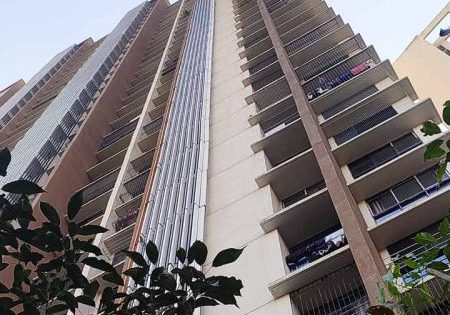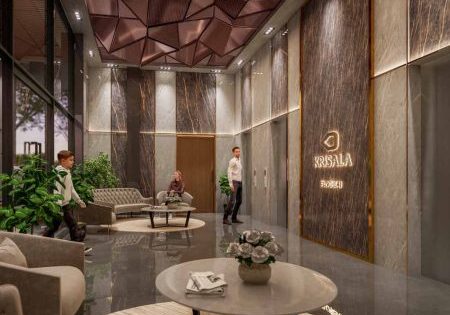Journey of the Indian Elevator Industry
Jun 4, 2025
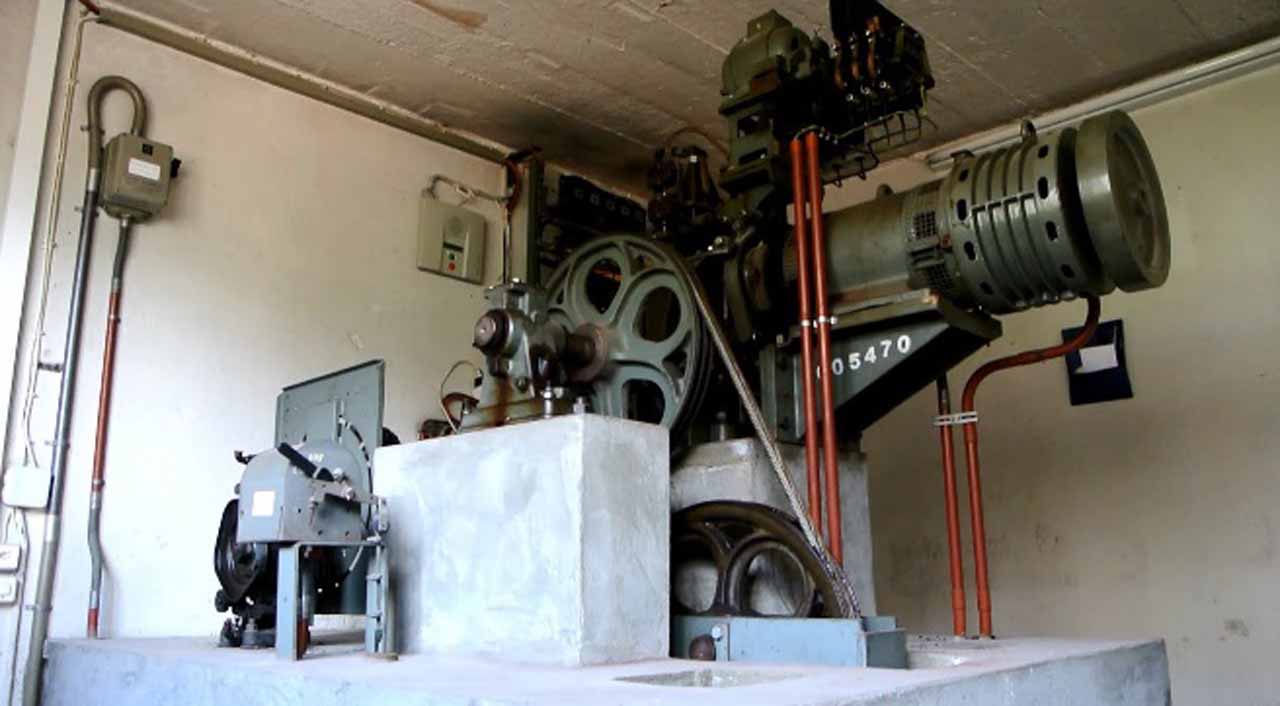
An industry veteran’s look back
The journey of the elevator in India starts in 1892 when Otis installed the nation’s first elevator at Raj Bhavan Calcutta. But my journey in the Indian elevator industry began on January 1, 1983, when the elevator industry was a very small industry concentrated in a limited number of cities in the country, namely Mumbai, Delhi, Calcutta, Chennai and Bangalore. The elevator business was at the introduction level in some upcoming cities like Pune, Ahmedabad, Hyderabad, Indore, Bhopal and few more.
In my more-than-four-decades-long journey in the elevator industry, I have witnessed a wide range of technological changes and developments. It is my pleasure to share the Indian elevator industry journey with you.
In the beginning, it was a simple technology using electro-mechanical relays and contactors to control elevator operations. The drive system consisted of a single-speed AC motor attached to a worm gear to reduce the speed. The elevator used to stop at the rated speed because of sudden application of brakes.
Around 1985, electronic control systems were introduced. This, in turn, was replaced by microprocessor-based control, a compact unit.
AC squirrel cage induction motor, slip ring AC motors, single-speed and two-speed with worm gear systems were replaced by gearless synchronous motor drives.
The traction system changed from gear motor to a gearless, hydraulic system and now a vacuum system.
These gearless, compact machine units can be easily accommodated inside the elevator well at the top end. This created a good amount of space saving and energy saving.
The introduction of the variable-voltage, variable-frequency (VVVF) drive system has increased travel comfort, smooth operations and energy savings. In addition to the main drive unit, the VVVF system has been used in door operations, making it smooth, noiseless and more reliable.
Wire ropes are being replaced by flat belt systems. The future of ropes/belts may face a dramatic change in the lifting system once carbon nanotubes become practical and economical.
The electro-mechanical floor selector changed to contactless reed switch/floor sensors. This has made the installation, as well as maintenance, an easy job.
Mechanical safety edges changed to photocells and then to full-length light beam safety edges, resula fool-proof arrangement.
The complicated wiring system is now changed to serial communication, minimizing the use of wires and space.
The electro-mechanical press buttons were replaced by touch buttons and, then, contactless remote operations.
The initial auto push control, dual push control was replaced by down collective control then collective selective control, duplex control, triplex control and group control. At present, dispatch control systems are in use.
Use of remote monitoring and predictive-maintenance technology has made the service job much easier and more efficient. This, in turn, reduces downtime, making the system more reliable and efficient.
The introduction of wire harnesses, scaffold-less installation systems and preset/adjusted assemblies have made installation
work easier, less laborious, less time-consuming and more cost effective.
The speed range has changed from 0.6 m/s to 8.0 m/s, the carrying capacity from four to five passengers to 200 passengers and the number of floors from normal two-to-three-storied buildings to 88-storied towers.
The industry focus is now toward travel comfort, ambiance and personalized services. With the continuous change in technology, increasing requirements and entry of the number of international elevator manufacturers in India has boosted the demand for technical hands. This has forced technical institutes like Industrial Training Institutes, engineering colleges and management institutions to incorporate elevator engineering education in their curricula. It is a good sign for manufacturers and educational institutions.
The industry is also strengthening its in-house R&D setups to have better and efficient technology.
Certainly, this is the effect of continuous changes made by the government in its policies. The result is easily visible from the regular increase in elevator business and the presence of most of the international elevator players in the Indian market.
I am proud to have witnessed all these developments during my elevator industry career.
It is my pleasure to work with all types of elevators including all types of speeds, i.e., single speed, two speed, DC variable speed, AC variable speed; all types of doors, i.e., collapsible, sliding panel, swing doors, center opening auto doors, telescopic doors, vertical lifting doors; all types of surrounding atmospheres like dust proof, flame proof; all types of industries including cement plant, coal mines, thermal power plants, hydroelectric power plants, nuclear plant, chemical plant, fertilizer plant; and all types of uses like commercial premises, industrial facilities, hospitals, hotels, residential buildings and bungalows. I have worked with traditional above-machine-room elevators, machine-room-less elevators, side-machine-room and bottom-machine-room also.
This helped me understand the different working conditions, surrounding atmospheres and the related issues faced by the elevator industry and the users.
Think of a cement plant where the elevator is installed next to the clinker. Cement dust coming out of the plant affects elevator operations. I have come across a few sites where cement powder/dust accumulates before the elevator entrance because of the usual wind direction. The use of the elevator is restricted on the ground floor, and one has to use it from the upper floor. Similar issues are faced in thermal power plants.
The best way to fix such situations is to consider the wind direction and determine the elevator entrance position accordingly.
Similarly, in steel plants, if the elevator entrance is provided opposite to the furnace, the heat affects the door operation and creates frequent operational issues. The best way is to have the elevator entrance position opposite the furnace position.
I have examined a number of elevator free fall cases, a number of passengers-trapped situations, a number of death cases and typical failures. This is a really sad part of our journey. The governing body and manufacturers are working together to have better safety provisions.
The introduction of an auto rescue device to bring the elevator to the nearest floor in case of power failure is a good decision for an area where frequent power failures are faced.
Even solutions to avoid any harm to the passengers during entrapment — voice announcements, intercoms and CCTV — are introduced.
Overload is made compulsory to avoid any inconveniences to the passengers.
Rope breakage and rope elongations can now be easily detected. This helps reduce unexpected breakdown/failure.
If we study accident records internationally, we can easily conclude that the Indian elevator industry is comparatively much better.
The detailed study of all such accidents or failure leads us to conclude that safety awareness and adherence to safety norms is the only solution to all such failures or losses.
Get more of Elevator World. Sign up for our free e-newsletter.
